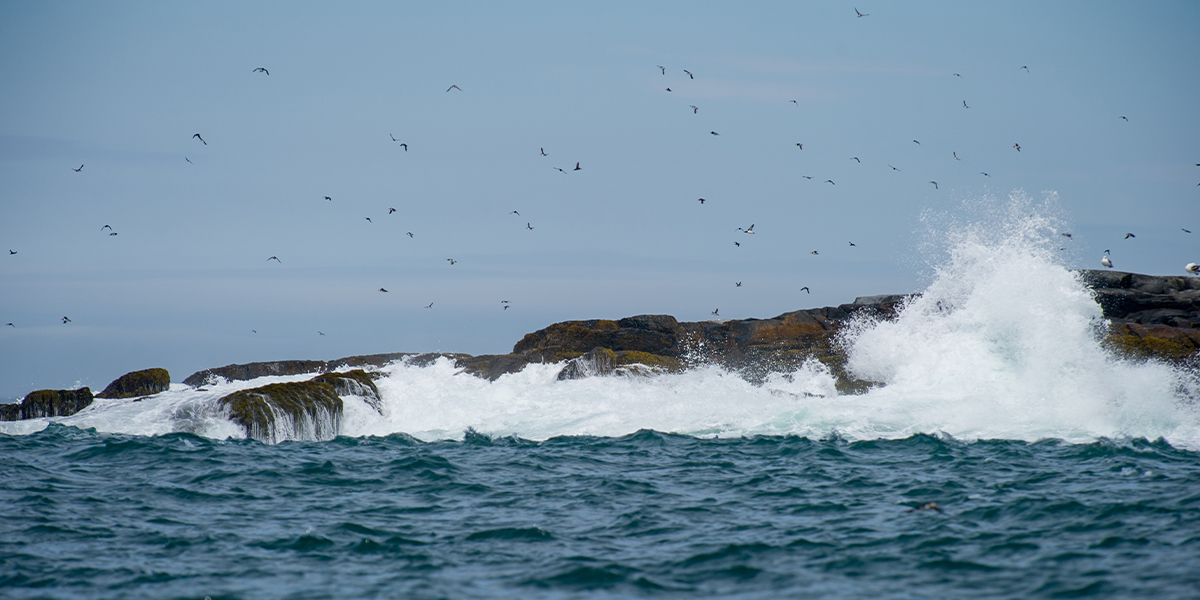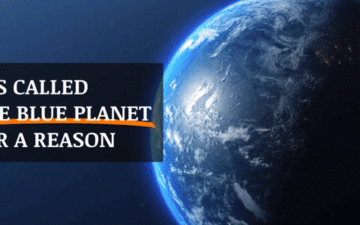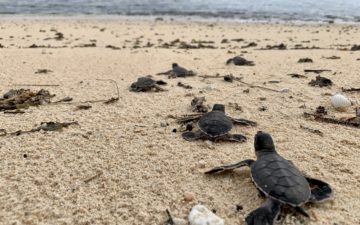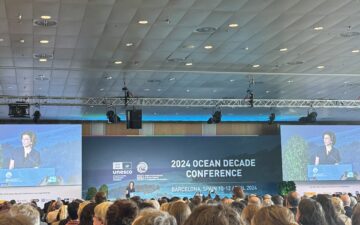Authors: Mark J. Spalding
Publication Name: The Environmental Magazine. March/April 2011 Issue.
Publication Date: Tuesday, March 1, 2011
On July 19, 2010, President Obama issued an Executive Order that spoke to the need for integrated ocean governance, and that identifies “marine spatial planning” (MSP) as the primary vehicle to get there. The order arose from the bipartisan recommendations of an Interagency Task Force—and since the announcement, many marine-related industries and environmental organizations have rushed to champion MSP as the start of a new era in ocean conservation.
Certainly their intentions are sincere: Human activities have taken a heavy toll on the world’s oceans. There are dozens of problems that need to be addressed: overfishing, habitat destruction, the ef-fects of climate change, and increasing toxin levels in animals to name just a few. Like so much of our resource management policy, our ocean governance system is not broken but fragmented, built piecemeal across 20 federal agencies, including the National Marine Fisheries Service, the U.S. Fish & Wildlife Service, the U.S. Environmental Protection Agen-cy and the former Minerals Management Service (divided into two agencies since the BP oil spill in the Gulf of Mexico). What’s missing is a logical framework, an integrated decision-making structure, a joint vision of our relationship to the oceans now and in the future.
However, to call MSP a solution to this layered quagmire creates as many problems as it solves. MSP is a tool that produces maps of how we use the oceans; attempting through coordinated effort among agencies to track how the ocean is being used and what habitat and natural resources remain at any given time. The hope for MSP is to bring together ocean users—avoiding conflicts while keeping the ecosystem intact. But MSP is not a governance strategy. It does not itself establish a system for determining use that prioritizes the needs of marine species, including safe migratory routes, food supply, nursery habitats or adaptation to changes in sea level, temperature or chemistry. It does not produce a unified ocean policy nor resolve conflicting agency priorities and statutory contradictions that increase the potential for disaster. Like a hammer, MSP is just a tool, and the key to its utility is in its application.
The Deepwater Horizon oil spill in the Gulf of Mexico in spring 2010 should be the tipping point to acknowledging the danger posed by inadequate management and unrestrained exploitation of our ocean. As horrific as it was to watch the initial explosion and the ever-expanding gyre of gushing oil, it should be noted that what we have in the case of Deepwater is precisely what we had in the most recent West Virginia mining disaster, and to a great extent, with the failure of the levees in New Orleans in 2005: a failure to enforce and implement maintenance and safety requirements under the existing statutes. We already have good laws on the books—we just don’t follow them. Even if the MSP process does generate smart solutions and policies, what good will they be if we don’t implement them in a thorough and responsible manner?
MSP maps will only work if they preserve natural resources; showcase natural processes (like migration and spawning) and give them priority; prepare for the shifting needs of ocean species in warming waters; engage stakeholders in a transparent process to decide how to best steward the ocean; and create the political will to enforce our existing ocean stewardship laws and regulations. By itself, marine spatial planning will not save a single fish, whale or dolphin. The idea was anointed because it looks like action and it seems to solve conflicts among human uses, which makes everyone feel good, as long as we don’t ask our ocean-dwelling neighbors what they think.
Maps are maps. They are a good visualization exercise, but they are no substitute for action. They also run the grave risk of enshrining harmful uses as legitimate companions to ocean-dwelling species. Only a nuanced and multi-pronged strategy, using every tool we can develop, will help us improve the health of the oceans through improvements in how we manage human uses and our relationship to the oceans.
MARK J. SPALDING is president of The Ocean Foundation in Washington, D.C.







